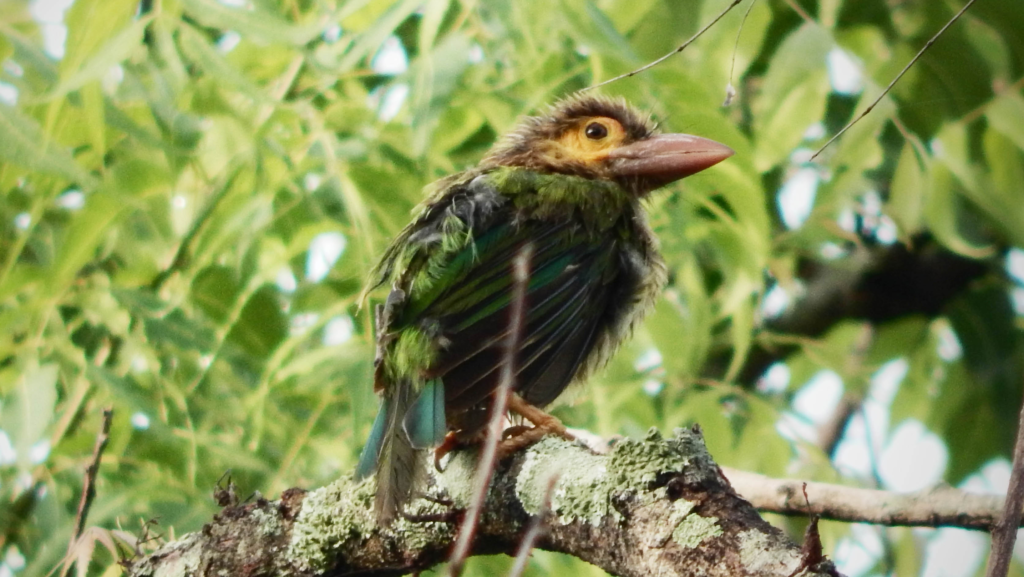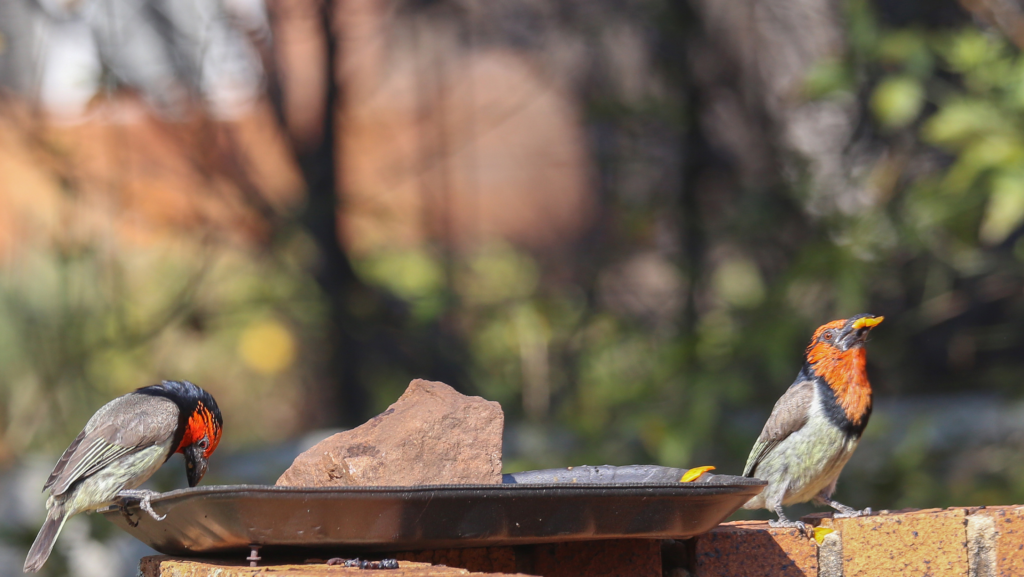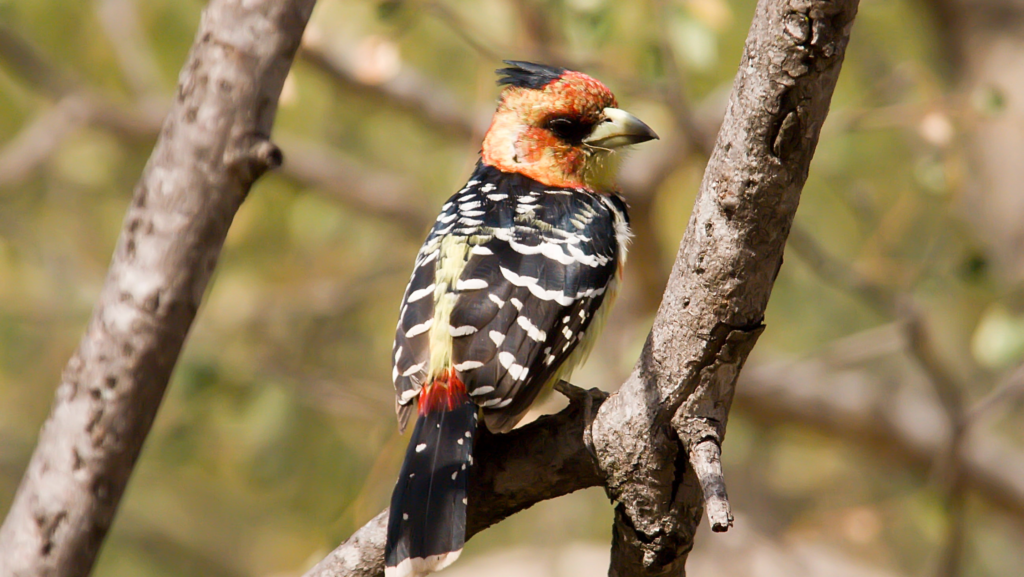The barbet is a fascinating bird species belonging to the family Megalaimidae. These birds are known for their distinctive appearance, which includes a stout body, strong bill, and vibrant plumage. Let’s explore the life cycle of a barbet from birth to death:
Birth:

Barbets typically reproduce by laying eggs. The exact timing of their breeding season can vary depending on the specific species and the region they inhabit. After finding a suitable nesting site, usually in tree holes or branches, the female barbet lays a clutch of eggs. The number of eggs can vary, but it is usually a small clutch.
Grown Up:
Once the eggs hatch, the barbet chicks are born featherless and dependent on their parents for care and nourishment. Both parents play a role in feeding and protecting the chicks. As the chicks grow, they develop feathers and gradually become more independent. The parents teach them essential skills such as foraging for food and recognizing potential threats.
Life:

Barbets are arboreal birds, meaning they primarily inhabit trees and are well-adapted to life in forested environments. They are often found in tropical and subtropical regions. Barbets are omnivores, feeding on a diet that includes fruits, insects, and other small invertebrates. Their strong bills are well-suited for grasping and consuming a variety of food items.
These birds are known for their distinctive vocalizations, which may include calls, chattering sounds, or drumming on trees. The specific behaviors and habits of barbets can vary among different species, but many are characterized by a social nature, with pairs or small family groups inhabiting territories.
Reproductive:
Barbets are monogamous, forming long-term pair bonds. During the breeding season, they engage in courtship rituals, which may involve displays of plumage, vocalizations, or sharing of food. After mating, the female lays eggs in a prepared nest, and both parents take turns incubating the eggs and caring for the chicks.
Food:

The diet of barbets is diverse and can include a variety of fruits, berries, insects, and even small vertebrates. Their strong bills are well-adapted for breaking open fruits or probing into bark to find insects. Some species may also play a role in seed dispersal as they feed on fruits and excrete seeds in different locations.
Death:
The lifespan of a barbet varies among species, but like many birds, it is influenced by factors such as predation, environmental conditions, and disease. Natural predators of barbets may include larger birds of prey, snakes, and mammals. Additionally, environmental changes and human activities can impact their survival.
As with all living organisms, death is a natural part of the life cycle. Barbets may succumb to predation, accidents, or disease. In some cases, they may live for several years in the wild, contributing to the ecological balance of their habitat. The specifics of a barbet’s life and death are shaped by the complex interplay of ecological factors in its environment.

